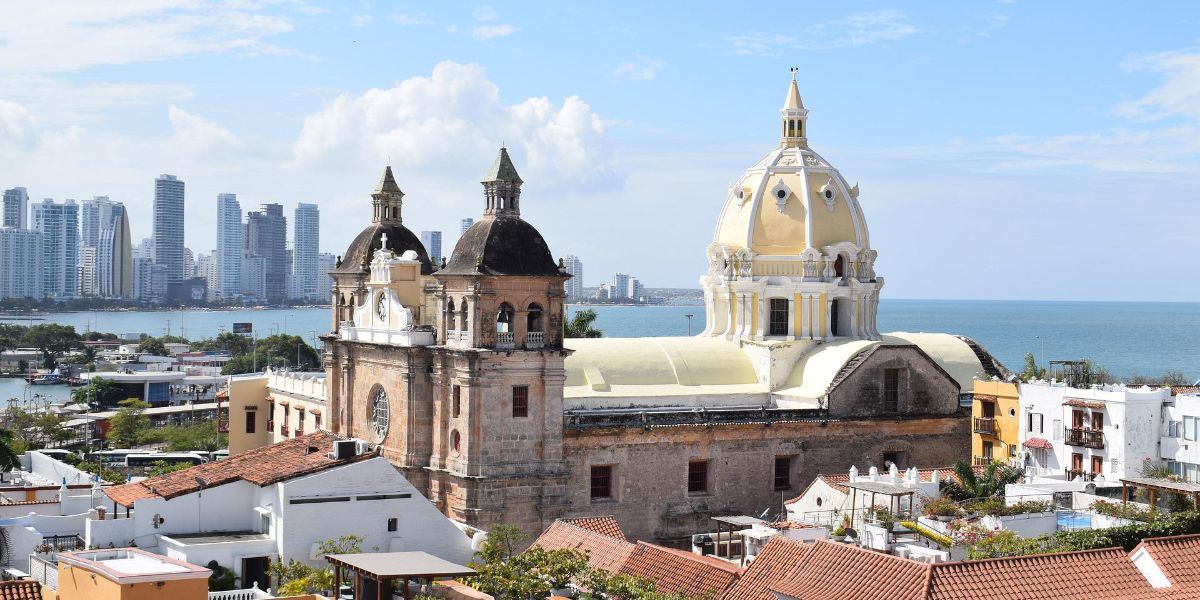In accordance with law 1819 of 2016, adopting the structural tax reform bill approved on 23 December 2016, introduces the following main changes to the transfer pricing regime. According to article 260-3 of the Tax Code (TC), as amended by the tax reform, the comparable uncontrolled price (CUP) method must be applied in the case of transactions with related parties dealing with commodities. Only in special cases may taxpayers switch to a different method, provided that the economic, financial and technical reasons considered for analyzing the commodities operations under the different method are reasonable and relevant, and can be duly supported in the transfer pricing documentation.
Article 260-5 of the TC, as amended by the tax reform, provides that, as from tax year 2016:
Taxpayers subject to the transfer pricing regime whose total assets at 31 December of the previous tax year exceed 100,000 tax value units or whose gross income in the relevant tax year exceeds 61,000 UVTs, must prepare, and submit to DIAN, a master file providing detailed information on the overall activities of the multinational group, and a local file providing detailed information on the local activities of the Colombian taxpayer, proving the correct application of the transfer pricing regime;
Taxpayers that comply with one of the following conditions must submit a CbC report providing information on the global allocation of income and taxes paid by the multinational group and indicators relating to the multinational group’s activity:
- Colombian or foreign entities with a PE in Colombia that have been appointed by their controlling entity as responsible for providing the country-by-country report;
- Colombian-controlled entities of multinational groups that hold subsidiaries, branches or permanent establishments (PEs) located abroad, and which are not subsidiaries of a non-resident company, whose consolidated income realized in the previous tax year exceeds 81,000,000 UVTs;
- one or more Colombian entities or PEs from the same multinational group where the parent company is located abroad, provided that, their income exceeds 20% of the total income of the multinational group; the country-by-country report has not been filed by the parent company in its country of residence; and the total income of the multinational group realized in the previous year did not exceed 81,000,000 UVTs; and
The penalty for failure to comply with the report of information (article 651 of the TC) will be applicable if the taxpayer fails to comply with the submission of the country-by-country report.
Article 260-7 of the TC, as amended by the tax reform, provides the definitions of non-cooperating, low- or zero-tax jurisdictions, and entities benefiting from preferential regimes, which replace the concept of tax haven initially introduced for transfer pricing purposes. In the case of non-cooperating, low- or zero-tax jurisdictions, the definition maintains the criteria provided by the TC for identifying tax havens. In the case of entities benefiting from preferential regimes, the tax reform introduces new criteria, including the ring fencing of preferential regimes.
According to article 260-8 of the TC, as amended by the tax reform, payments made to related parties located abroad may be deducted from the taxpayer’s income tax base, provided that the transaction complies with the arm’s length principle and the transfer pricing regime.
Article 260-10 of the TC, as amended by the tax reform, introduces changes in the procedure applicable to Advance Pricing Arrangements (APAs).
Article 260-11 of the TC, as amended by the tax reform, introduces formal changes to the penalties related to the obligations to submit supporting documentation and file informative transfer pricing return. In connection with this, a new penalty is introduced in the case of taxpayers who fail to comply with the submission of the supporting documentation. In that case, the applicable penalty corresponds to 4% of the total amount of the transactions that must be reported in the supporting documentation, without exceeding 25,000 UVTs.
















